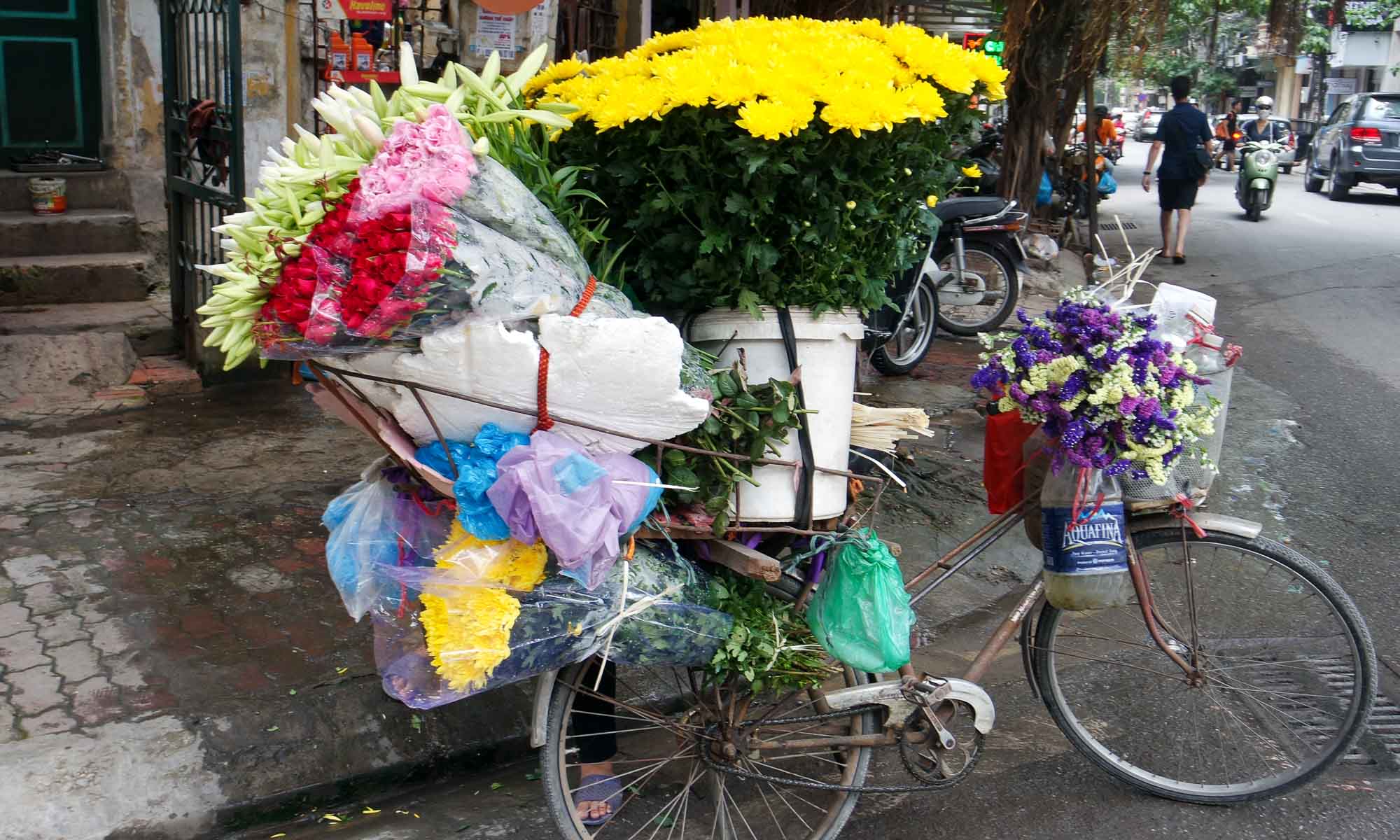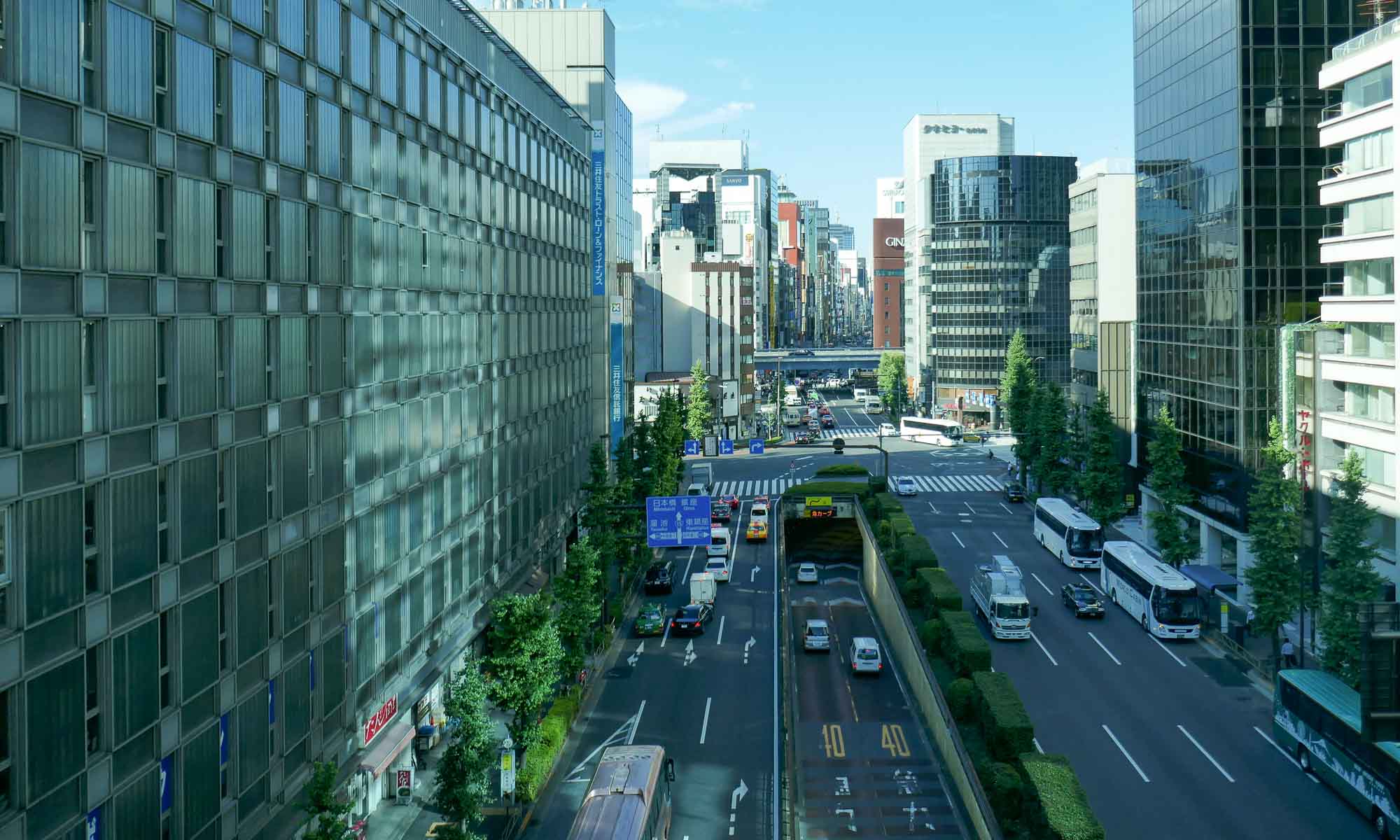We spent a total of five weeks in Vietnam, where we traveled from the south to the north. While 5 weeks might seem a significant amount of time to spend in Vietnam, we can now understand how people can spend 2-3 months. The diverse landscape within the country is spectacular and we could have spent more time in several of the places. Below we have provided more detail on what we experienced and our thoughts of the country as a whole.
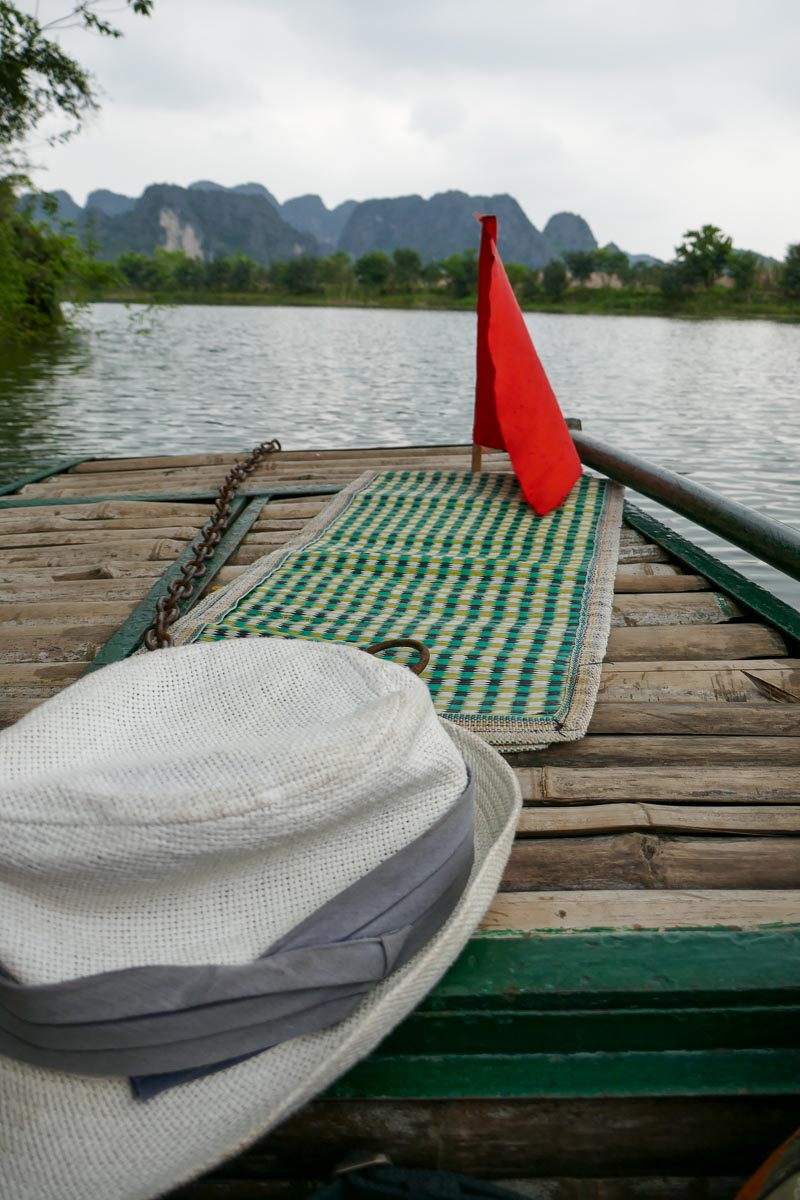
Culture
The Vietnamese culture has been heavily influenced by the Chinese and French, and this can be seen in their food, architecture and religious practices. While several Buddhist temples can be found all over Vietnam, there are actually 4 other different religions practiced, which include Christianity (brought by the French) and Ancestor worship. The latter is the most common and is often practiced by those who also have other beliefs.
With regards to their way of dressing, we found most people, particularly the women, were covered from head to toe during the day. After talking to some locals we learnt it was primarily to avoid the rays of the sun, and found shops selling one-pieces including toe guards and caps.
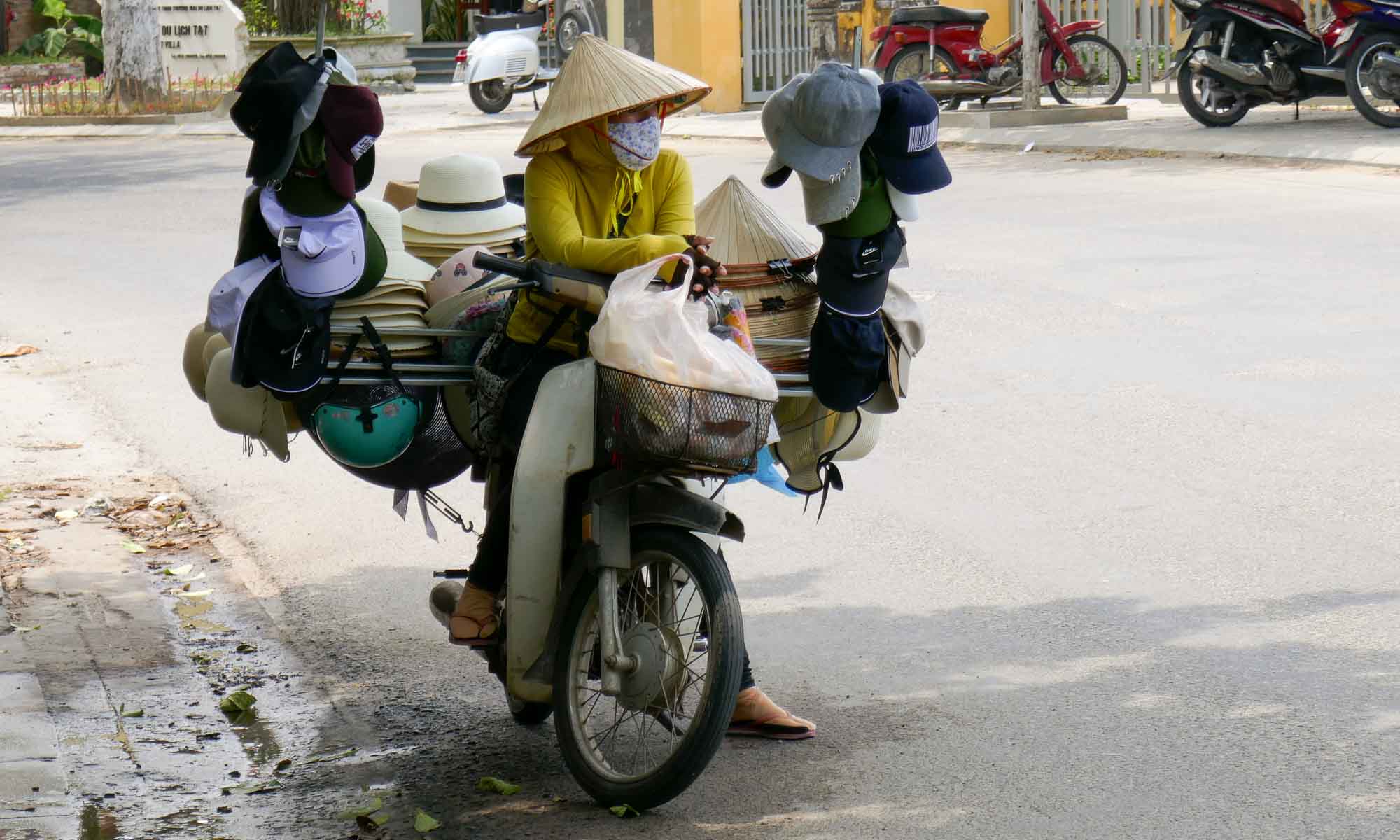
Eating establishments can be found almost anywhere in Vietnam. Pavements and sometimes the middle of the street are converted at a moments notice into a make-shift restaurant with small plastic chairs and tables. Known worldwide for its street food, on an almost daily basis we would come across locals devouring Pho, at a rapid pace for either breakfast, lunch or dinner.
North vs South Vietnam
The war only ended in 1975, and though wounds may have healed for the majority, some people are still hurting. Vietnam is a socialist communist country, with only one political group. Freedom in certain capacities does not exist. We heard a number of personal stories that provided an insight into the true feelings of some people, which they believed were often ignored by most tourists.

People
The majority of the people we met were friendly, though for the most part (and particularly outside of Saigon or Hanoi), being black, I was the center of attraction. Unsure of what to do, they resorted to pointing and giggling. In some of the hotels we stayed in, I ended up having my personal space violated, as they needed to touch me and feel my hair. While this can be attributed to inquisitiveness and ignorance, my tolerance level was wearing thin after 5 weeks.
We went on tours with Saigon Hotpot and Hanoikids, which gave us the opportunity to have a more personal experience with a number of Vietnamese students. We will definitely treasure these experiences, and remain in contact with the students.
Transportation
Vietnam drivers are one of a kind. They drive with no concern for their own personal safety or the safety of the people in their care. On a two lane road, we noted that the norm was to drive in the lane of the oncoming traffic. We witnessed at least 3 bad accidents, two of which the individual involved must surely have died. This was the primary reason why we opted not to travel on buses too often.

Travelers to Vietnam, all seem to love to rent motorbikes (scooters) with the belief that they are invincible. Coupled with the fact that most helmets do not cover the full head, this is a recipe for disaster. In the busier cities (Hanoi and Saigon) scooters almost outnumber pedestrians, and it is common to see scooters on the pavements as the drivers attempt to navigate around the hordes of other scooters. In several cities, it appeared as though we were among the “walking wounded”, a group I was an unintentional member with my cast. We noted broken arms, shoulders, legs, etc.
While this did not put us off renting a scooter, we did so only in the quieter cities and drove with extreme care.

The quickest way to get from South to North (or vice-versa) is by train. Operated by Vietnam Railways, most trains have four different types of carriages: hard-seat, soft-seat, hard-sleeper, soft-sleeper. We found that the soft-seats were good enough for a journey of about 5 hours, or really any journey during the day.


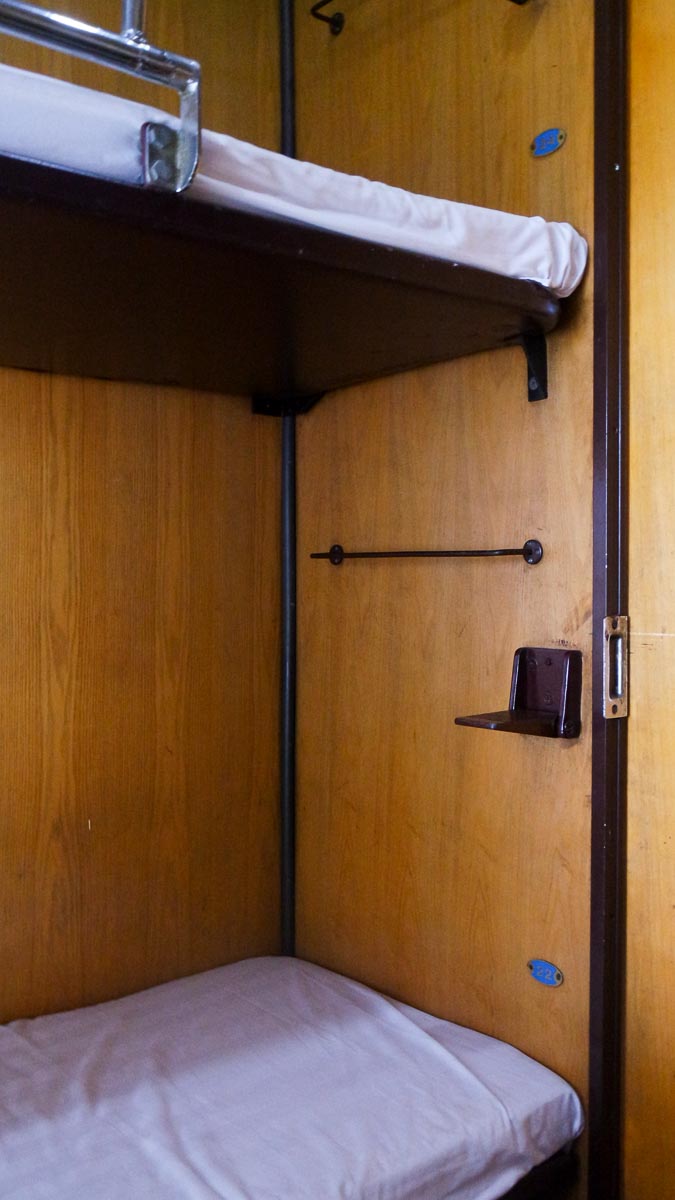
Hotels
Most hotels we booked in Vietnam were of good value and quality. We paid on average $20 to $70 per night, depending on city and class of hotel. While in general we know we could have got cheaper hotels, since we are the type of travelers who also like to spend time in the hotel, we found those hotels not to be a good fit for us. Similar to restaurants, we realised that most hotels rely heavily on Tripadvisor reviews, and it was common to be asked to give a good review when checking out.

Scams
As everyone knows, when coming to Vietnam, there is a high probability that you will get scammed. The scams unfortunately take different forms, and sometimes one might not be aware that they have been scammed. While we were very careful as we were knowledgeable of several of the typical scams, a few that we experienced include the following:
Shoe polishing/repairing – Despite B’s shoes being fairly new and made of nubuck, a number of times he was targeted by men offering either a shoe polishing or shoe repairing service. We had heard of this scam and knew if given the chance they would snatch his shoe, fix nothing and charge a cost almost equal to that of buying a new shoe. Therefore each time we moved on in a hurry!
Train – We traveled on trains 5 separate times, with 4 of those times in soft sleeper compartments. The soft-sleeper compartments have 4 berths, 2 upper and 2 lower. As there is no way to determine who your compartment mates are, it can be a hit or miss. What we noticed on at least 2 of these journeys was that the train conductor would come to the compartment, accompanied by a local traveler, and allocate them any of the remaining berths available, this is without the local traveler having purchased a ticket.

How do we know this? All berths are by reservation only and are allocated on the specific ticket. The second time this occurred, we had booked all the berths in the compartment, and still the conductor came by trying to give us a roommate.
Private car and driver – We booked a private car and driver to take us to the caves from Dong Hoi. However, on the way back, suddenly a lady appeared out of nowhere, who was the drivers’ “sister”, and needed to get home from the caves. This happened to us previously in Cambodia, where we graciously permitted it, but at this point, with the high cost for the private car and driver, we insisted that she pay for a portion of the fee. They were shocked. Well, we insisted, and the driver had to be content to receive $5 less from us.
Requesting hotel to purchase tickets – Despite being totally reliant on the Man in Seat 61 (Seat 61) and knowing how to purchase train tickets online, we wanted to save on administration costs which are usually charged, and thus asked the hotel to assist in the booking of train tickets. The hotel sent the request out to an agency, who provided ticket prices which were 5 times more than the prices online.
Closing Thoughts
After over 5 weeks, with all the pluses and minuses, we will always treasure our time in Vietnam and look forward to returning.
